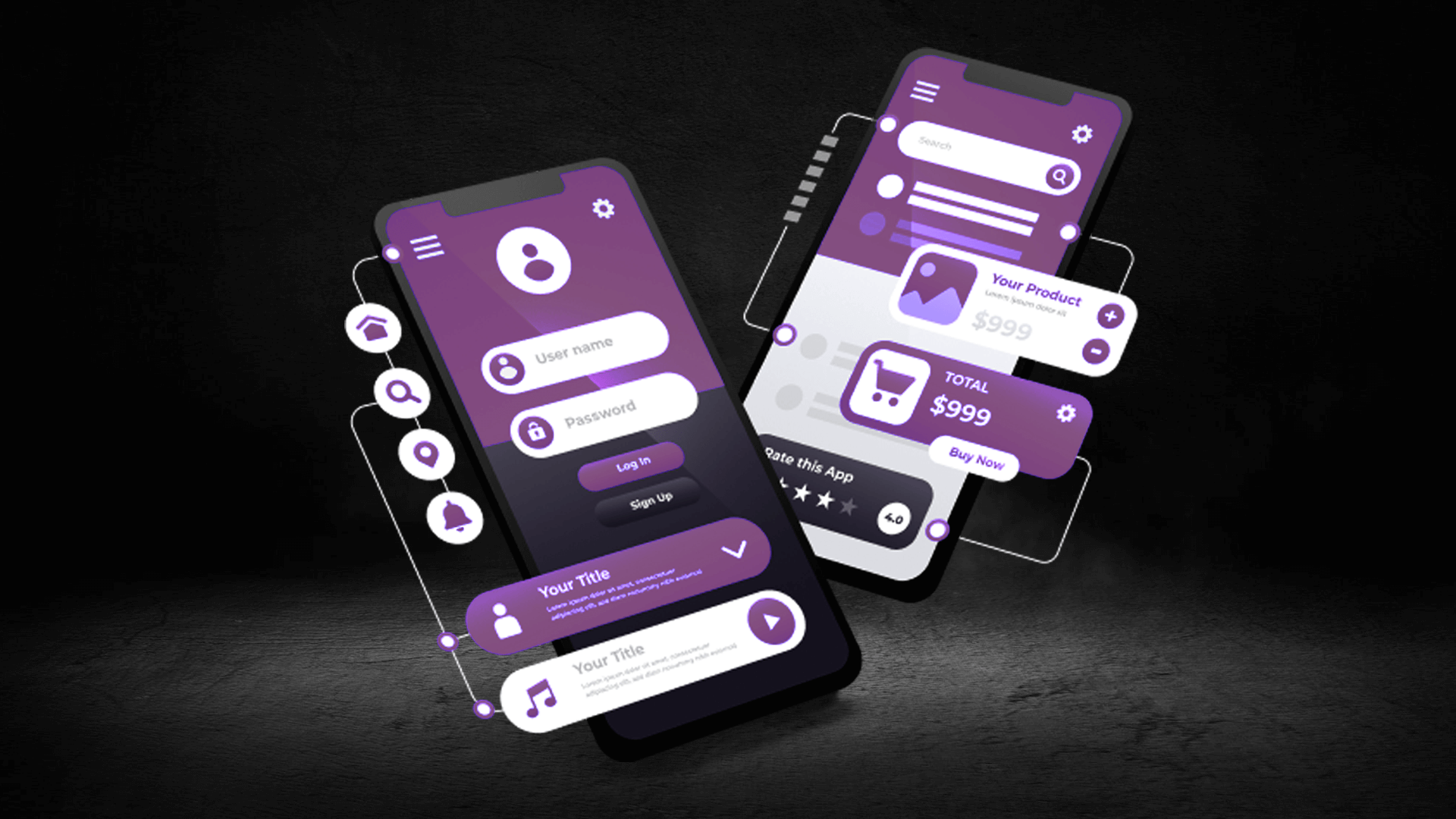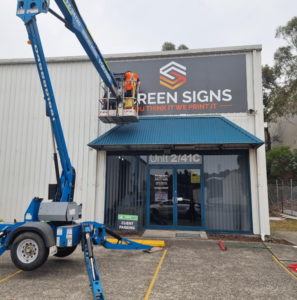The Evolution of Crowd Control Posts: From Basic to Advanced Solutions
Crowd control is an essential aspect of managing public gatherings, whether they be concerts, sporting events, or protests. Originally, crowd control measures involved rudimentary techniques, often leading to chaotic situations. However, with advancements in technology and an increased understanding of human behavior, crowd control methods have evolved significantly. This article will explore the journey of crowd control posts from basic barriers and personnel to advanced technological solutions, examining how these innovations enhance safety and efficiency in managing crowds.
The Beginnings of Crowd Control: Basic Barriers and Personnel
In the early days of public gatherings, crowd control was primarily managed through physical barriers such as ropes or wooden planks. These basic posts were often manned by security personnel who would attempt to direct crowds using verbal commands or physical force. The limitations of these methods became evident as crowds grew in size and complexity. For example, in the 1970s, large concerts often faced severe overcrowding, leading to dangerous situations where injuries could occur. The lack of effective crowd management systems highlighted the need for more sophisticated solutions to ensure public safety.
The Introduction of Metal Barriers and Fencing
As public events continued to grow in size, the introduction of metal barriers and fencing marked a significant shift in crowd control. These barriers provided a more robust option for managing crowds and were increasingly used in various settings. Metal barriers allowed for better delineation of space, creating designated areas for entry, exit, and audience engagement. For instance, during the 1980s, large music festivals began employing these barriers to manage crowds more effectively. However, while metal barriers improved safety, they still relied heavily on the presence of security personnel for enforcement, indicating that further advancements were necessary.
The Role of Training and Protocols
With the rise of more organized crowd control, training and protocols became essential components of effective crowd management. Security personnel began receiving specialized training to handle crowd dynamics and de-escalate potential conflicts. For example, in 1990, the National Fire Protection Association (NFPA) established guidelines for crowd management at events, emphasizing the importance of trained personnel and clear communication. These protocols helped to standardize practices across different events and industries, ensuring a baseline level of safety. However, as crowds continued to evolve, the need for more innovative solutions became apparent.
The Digital Age: Technology Enters the Scene
The advent of technology has dramatically transformed crowd control strategies. The introduction of digital communication tools, such as two-way radios and mobile apps, has improved coordination among security teams. For instance, event organizers can now use real-time communication to relay information about crowd movements and potential issues. Additionally, the use of surveillance cameras has become commonplace, allowing for monitoring of crowd behavior and quick response to incidents. According to a report by the International Association of Chiefs of Police, over 75% of law enforcement agencies now utilize technology in crowd management, showcasing a significant shift towards more advanced solutions.
Smart Crowd Control Solutions
In recent years, the concept of smart crowd control has emerged, leveraging data analytics, artificial intelligence, and machine learning. Smart crowd control systems can analyze crowd behavior, predict potential issues, and provide actionable insights to event organizers. For example, using algorithms to process data from social media, event planners can anticipate crowd surges or potential disturbances. A study published in the Journal of Urban Technology found that smart crowd control systems can reduce the risk of overcrowding by up to 30%, showcasing the effectiveness of these advanced solutions. This technological revolution represents a paradigm shift in how we approach crowd management.
Case Studies: Successful Implementations of Advanced Solutions
Several high-profile events have successfully integrated advanced crowd control solutions, demonstrating their effectiveness. The 2018 FIFA World Cup in Russia employed a combination of surveillance systems, smart ticketing, and real-time monitoring to ensure the safety of millions of attendees. By analyzing crowd data in real-time, organizers could make instantaneous decisions to prevent overcrowding and ensure smooth entry and exit. Similarly, large-scale music festivals like Coachella have adopted advanced crowd management technologies, resulting in improved safety and attendee experience. These case studies illustrate the potential of advanced crowd control solutions in diverse environments.
The Future of Crowd Control: Challenges and Opportunities
Despite the significant advancements in crowd control solutions, challenges remain. One of the primary concerns is the balance between security and privacy, particularly when utilizing surveillance technology. Many attendees express discomfort with being monitored, raising ethical questions about data collection and usage. Additionally, as technology continues to evolve, staying ahead of potential threats, such as cyber-attacks on crowd management systems, will be essential. However, these challenges also present opportunities for innovation. Future developments may include more sophisticated algorithms, enhanced data privacy measures, and even the integration of virtual reality for training purposes.
Conclusion: The Path Forward for Crowd Control
The evolution of crowd control posts from basic barriers to advanced technological solutions reflects our growing understanding of crowd dynamics and safety. As public gatherings become more complex, the need for effective crowd management is paramount. By embracing technology and innovative approaches, we can enhance safety and improve the overall experience for attendees. As we move forward, collaboration among event organizers, security professionals, and technology developers will be crucial in shaping the future of crowd control. Ultimately, the goal remains clear: to ensure that public gatherings are safe, enjoyable, and well-managed for everyone involved.














Post Comment